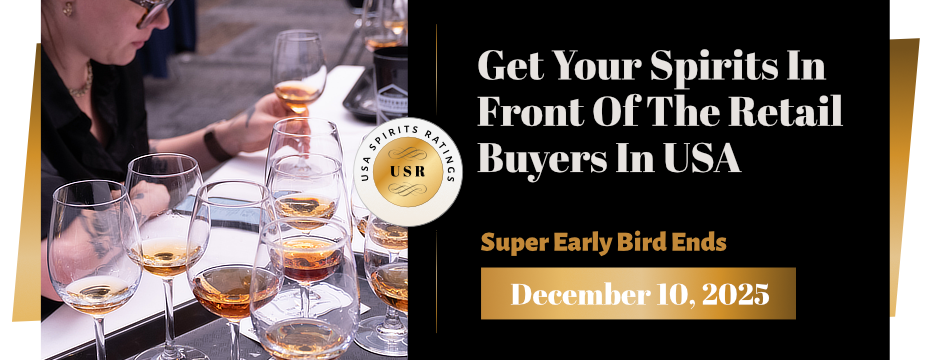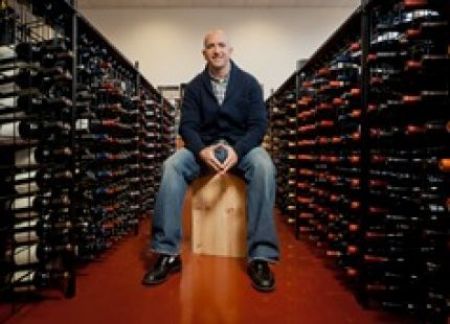Sommeliers Choice Awards 2025 Winners
David and Goliath: How to Target and Overtake Category Leaders
Where to focus to take on – and take out – your biggest competitors in the beverage world.

When a beverage startup lays out its business plan and overall goals, knocking out the heavy-hitting category leaders might seem like a dream that’s well beyond reach. However, in order for a new brand to succeed and grow, knocking out one’s biggest competition must be a part of the plan. Here’s how to make that happen.
Should Expansion Be Up or Out?
A start-up beverage brand needs to look in all directions to get their products into new and unexpected places. However, a beverage entrepreneur’s focus must always be upward. While growing a company’s infrastructure too quickly is a mistake – keeping things lean and mean until it’s necessary to expand will help kick start that expansion – moving up in the category should always be the priority.
The secret to doing this lies with a brand’s main competitors. How did they get where they are? What strategies are they employing? Emulate the things they’re doing that work. Meanwhile, keep note of tactics that competitors attempt that doesn't work out and avoid falling into the same traps. Observing larger competitors can provide a way to “test” strategies, in a manner of speaking, without wasting time and money on ones that are doomed to fail.
The upward expansion is about looking inward just as much as looking outward. What strategies are working well for the company? How can they be improved – and how can the product itself be improved? A company should identify how it can be successful and hammer away at those specific tactics. Successful leaders are familiar with the numbers, but not so focused on them as to be blinded by what works and what does not, both inside the company and with their rivals.
Speaking of the numbers, they’re used for an overall self-assessment around data. Numbers provide an objective look at what a company is doing and whether or not it’s working. If a brand has a promotion or does a field activity, sales numbers will show what the effects were. This is an effective way to decide where to go next, from geography to marketing strategies.
Honing in on Competition
Part of moving upwards in a category is targeting already-existing competition and taking them out. But where’s the best place to start growing beyond those established brands?
Look to where the competition already exists, focusing on established channels for any given brand. If another brand is already on the shelves in a retailer, that’s a natural place for a similar brand to be, as the set is ready. Choose geographies wisely, however; it doesn’t make sense to end up in an area where a specific product simply doesn’t sell well.
Some beverage brands – and particularly startups – struggle with how to outsell the competition in their channel if their product is priced higher than the big brands. This is where data can help. Beverage startups should invest in research studies in order to understand their target customers. Why will they pay a few dollars more for an organic Chardonnay than they will for the non-organic big-brand competition? What’s appealing about the higher-priced product? How can a brand educate new customers and encourage them to take the leap into a premium product?
As a company gains traction, they’ll need to push hard to market themselves as different from the competition in order to expand. This comes through trial and awareness. Customers need to have a chance to actually try the product. They must know more about it and become educated about what makes it different and better. A new company’s brand messaging has to be crystal clear as they sing the praises of their product.
The bottom line is that while people love a brand leader, they also enjoy having options. If a new product looks and tastes different than a brand leader, it’s in a good position to be a successful competitor.
Communicating with Customers
Clearly, reaching out and educating customers is the key to successfully navigating upwards in a category. That messaging starts with packaging. Successful brands listen to their customers and work to create packaging that speaks to and suits the needs of those who will purchase the product. Some companies have gone so far as to shrink their packaging and serving size down to one that customers feel is more appropriate for a single beverage experience.
Across the boards, though, customers want big, bold, clear packaging that tells them exactly what they can expect from the product inside. What will it taste like? Why is it different? Packaging needs to make a product pop off the shelf in the midst of a competitive and crowded category.
What of messaging? Should it change from one channel to the next? Absolutely not! First, a brand must work to find a message that works. After that, the message has to stay consistent. It’s important that everyone within the company be on board, as the message needs to be the message coming from every single person associated with the brand.
That messaging should stay the same across multiple channels and multiple products, as well. A company must decide: what is the story of the brand? What is the common theme that runs through all of its products? How will that message inspire people to become customers for life?
What if a product is unusual or innovative and even its largest competitors aren’t particularly well-known? This provides a brand with the unique opportunity of working to define that specific niche. Beverage innovators get to tell new customers what a particular product is. That brand gets to inform customers what that product should be, as well as what it should taste like. Why buy a pale ale that was brewed in chardonnay barrels? Innovators get to educate the customer as to the outstanding qualities of their product and why they need to purchase it.
From expansion to knocking out the competition and moving up, up, up – the drumbeat that never ceases is customer communication. It’s not enough to simply put a product on the shelf and hope for the best. By looking outward to see what customers want and then turning inward to see how a company can provide that, this kind of communication is key to overtaking competitors and becoming the brand that dominates an entire category.


























